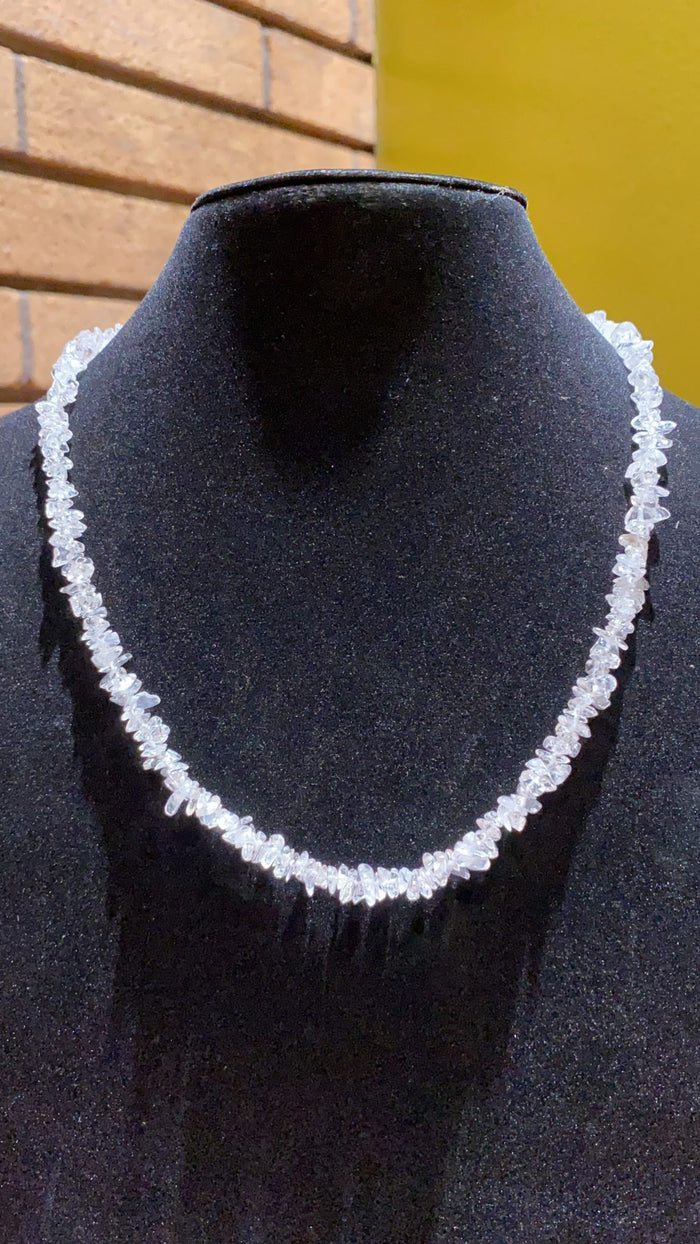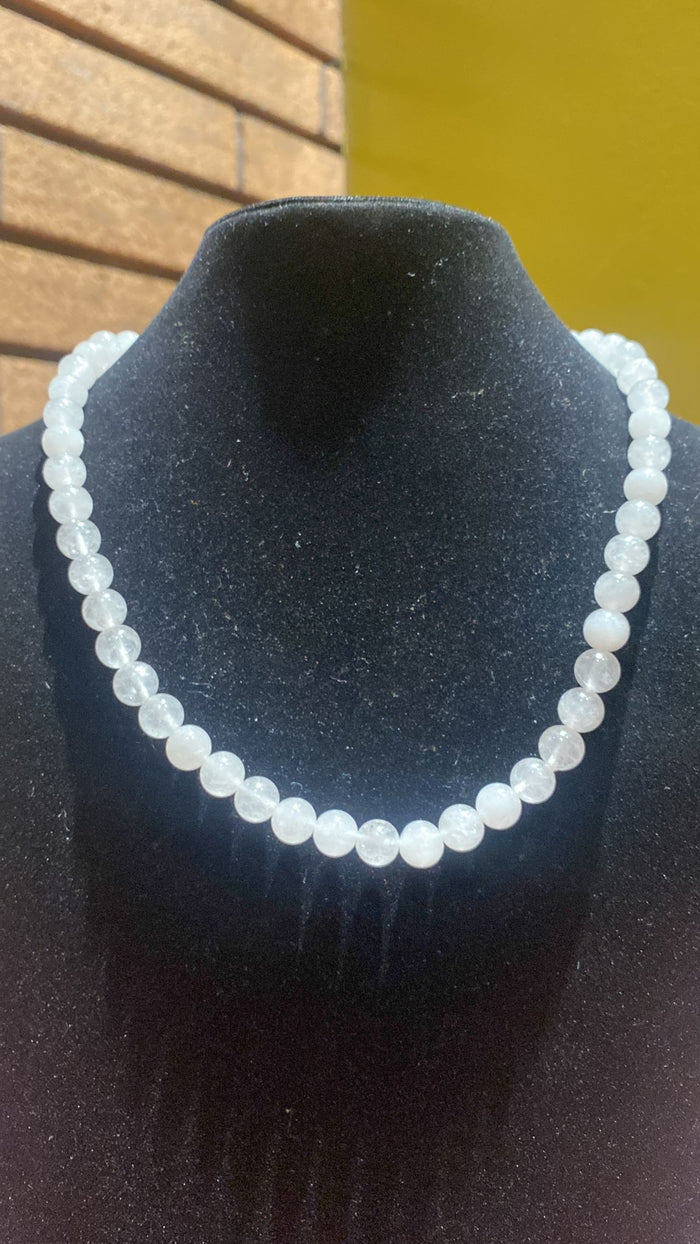Since ancient times, people have been enthralled with crystals due to their dazzling beauty and purportedly supernatural qualities. In order to investigate the dual nature of crystals, this blog post will examine both the metaphysical domain and their geological beginnings. Some people only see crystals from a scientific perspective, while others believe that they have therapeutic and spiritual qualities. Together, we may explore the enigmas surrounding crystals and the complex interplay between science and mysticism.
Are Crystals Metaphysical?
Because of their enchanting charm, crystals are frequently the subject of philosophical debates. It is thought that metaphysical crystal properties may harness energy for a variety of uses, from spiritual enlightenment to healing. It's important to remember that although metaphysics explores the intangible features of crystals and links them to energy fields and spirituality, science can only explain the physical properties of crystals.
Many people believe that crystals are channels for positive energy, and they attribute various qualities to each kind. For example, rose quartz is frequently linked to compassion and love, and amethyst is said to heighten spiritual awareness. The relationship that crystals have with metaphysical worlds is still subjective and susceptible to individual perception and worldviews.
What Are The Metaphysical Uses of Crystals?
Each crystal is said to resonate with a particular set of energies, and the metaphysical crystal properties cover a broad range of applications. Proponents of crystal therapy assert that by positioning crystals on certain body regions, energy fields may be balanced, enhancing both mental and physical health. Additionally, crystals are employed in meditation techniques as they are said to enhance spiritual connection and attention.
Crystals are used in spiritual ceremonies and divination in addition to healing. One of the most useful crystals is clear quartz, which is used for its supposed capacity to improve mental clarity and psychic powers. Because some people think crystals can remove negative energy from an area, they may also be used metaphysically to create good settings.
What Is The Science Behind The Formation of Crystals?
Crystals are the result of complex geological processes and have captivating geometric shapes. Examining the circumstances that result in these distinct forms is essential to comprehending the physics underlying crystal formation. A solid structure known as a crystal is formed when atoms or molecules organize themselves in a repeating pattern through a process known as crystallization.
Crystal formation is influenced by a number of variables, including as temperature, pressure, and the presence of certain minerals. For example, molten lava that slowly cools under the Earth's surface to form crystals is the source of igneous rocks like granite. Sedimentary rocks, on the other hand, are formed by the gradual accumulation of particles, which results in crystals imbedded in the rock matrix.
What Is The Most Powerful Crystal?
The best crystal to use may vary depending on personal preferences and goals, therefore this is a subjective endeavor. Nonetheless, pure quartz is one crystal that is frequently valued for its adaptability and strength. Clear quartz, often known as the "master healer," is said to strengthen energy, heighten spiritual awareness, and encourage mental clarity.
Clear quartz is employed in many metaphysical disciplines, such as meditation assistance and chakra balance. Because of its translucent aspect, which stands for purity, this crystal is highly sought after by people who want to approach well-being holistically. Clear quartz is a common crystal in many crystal collections, despite practitioners' differing opinions of what constitutes a "most powerful" crystal.
What Are 3 Ways Crystals Are Formed?
Different geological processes give rise to different kinds of crystals, and each one contributes to the special qualities of the finished product. There are three main processes that lead to the production of crystals: igneous, sedimentary, and metamorphic.
Molten magma hardens into crystals during igneous processes when it cools. The size of the crystals is dependent on the pace of cooling; bigger crystals might form while cooling more slowly. Because granite cools slowly, it frequently has well-defined crystals. Granite is a common igneous rock.
Particles accumulate and compress over time during sedimentary processes. When minerals precipitate from water, crystals can form inside the sediment to produce rocks such as limestone. Even though they may not be as noticeable as in igneous rocks, crystals are nonetheless an important part of the composition of sedimentary rocks.
Existing rocks undergo metamorphic processes as a result of pressure and heat. New crystal formations are created when minerals in rocks recrystallize during metamorphism. This process is best shown by the metamorphic rock marble, which develops from limestone by adding heat and pressure.
Overall, the study of crystals includes both philosophical curiosity and geological wonders. Although crystals may be formed according to scientific principles, they are crucial in many cultures and belief systems because of their metaphysical qualities, which give them an ethereal quality. Regardless of one's perspective on crystals—scientific or metaphysical—their alluring features and mysterious nature never cease to amaze and captivate.





